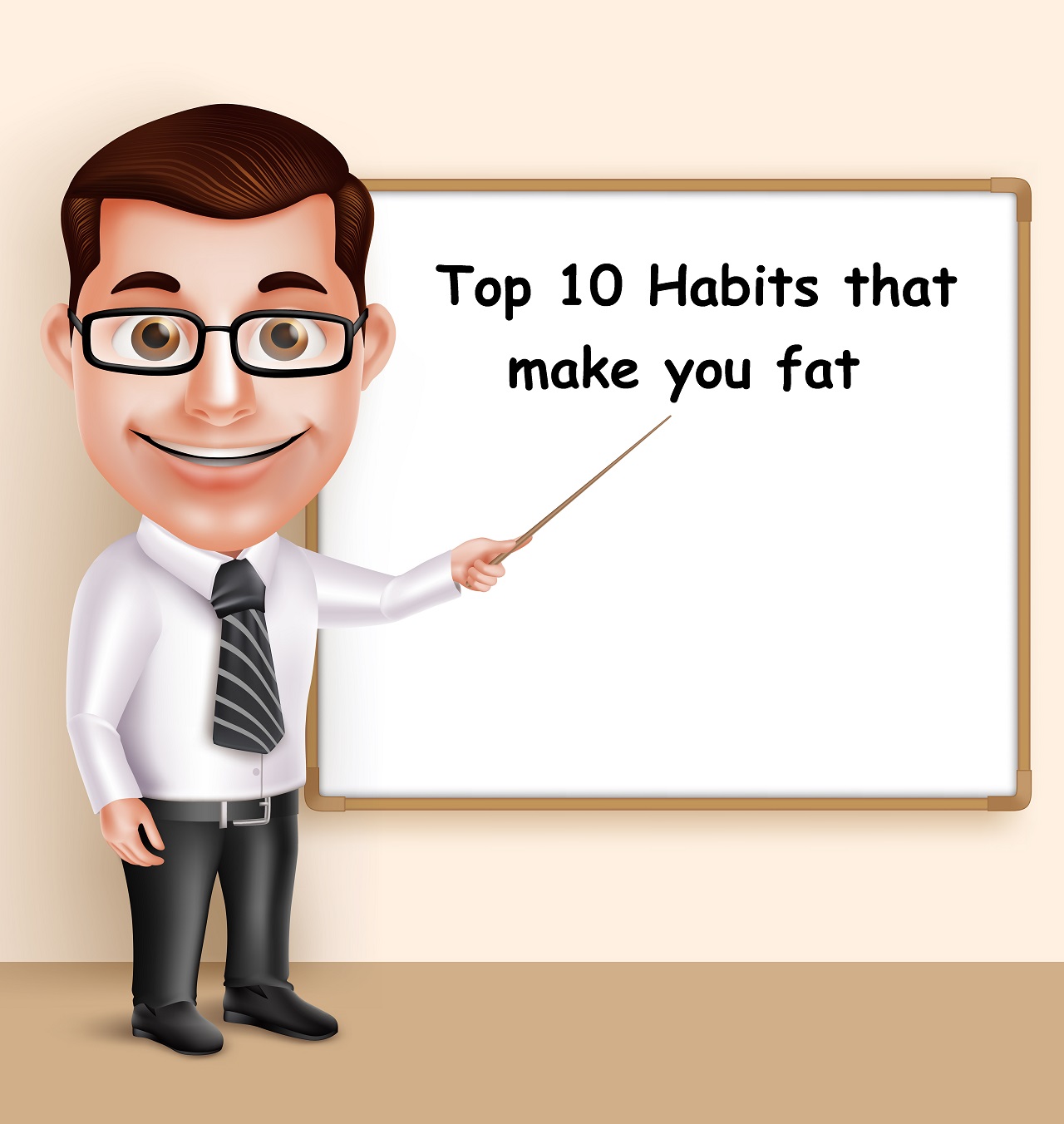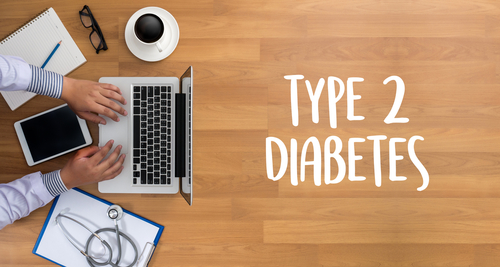Healthy Eating Tips to Prevent, Control, and Reverse Diabetes

Did you know that 246 million people in the world, today, are living with diabetes? This is almost 6% of the world’s adult population. It is estimated that currently there are about 40 million people with diabetes in India & by the year of 2025, this number will increase to 70 million. This would mean that every 5th diabetic in the world would be an Indian. Don’t you think these numbers are alarming? What are we actually doing to save ourselves from this havoc condition? It’s not only about you, but it’s about the health of your family as well!
Types of Diabetes
Diabetes also increases the risk of suffering from a heart disease, in addition to developing mental health disorders such as depression, etc. There are typically two types of diabetes conditions known to medical science
- Type 1 Diabetes – An autoimmune condition, it occurs when the immune system of the body mistakenly attacks and damages its own cells that produce insulin. Usually, the attack happens in response to environmental or genetic factors. Lifestyle factors also trigger Type 1 diabetes in many individuals.
- Type 2 Diabetes – It’s a more common type of diabetes than its counterpart. The condition takes place when the body starts to resist insulin. This, in turn, makes the pancreas produce more insulin until it’s unable to keep pace with the demand. Decreased production of insulin increases blood sugar level and hence, the condition develops. However, curing Type 2 diabetes is easier than Type 1 disease.
Diabetes and Food
With diabetes comes a list of precautions, especially in terms of what you can eat and drink. But, the good news is that, with the growing awareness about diabetes in the market and among individuals, FMCG companies are coming up with food items that are good for your health and also aid in reducing the effect of diabetes as a whole. This means that, you can enjoy your favorite cuisines even if you, by chance, are diagnosed with the condition of diabetes, by taking proper precautions.
The Right Diet for Diabetes
Diabetes is basically a disease that prevents your body from producing or using enough insulin. Insulin is a hormone that helps in the transportation of energy (produced when food is turned into sugar or glucose) to the cells. It’s a key component that tells the cells to open their gates and receive glucose. When this hormone is not produced or used in needed quantities, the sugar content increases, and hence, diabetes happens.
There aren’t any specific foods which, if avoided, can prevent you from acquiring diabetes. However, there are certain foods that increase the retention of sugar in the body, which must be completely avoided or consumed in limited quantities only. Other changes in diet and overall lifestyle that physicians suggest include exercising regularly, reducing the intake of carbohydrates, taking regular diabetes medications and getting sugar levels checked every now and then, to ensure your condition is under control. There are a plethora of diagnostic chains that offer diabetes related tests at quite nominal rates. Apart from this, there are many handy blood sugar level machines available in the market as well that help measure sugar levels and take necessary, precautionary steps.
Losing about 5% to 10% of your total body weight can significantly help in lowering your blood sugar levels, bad cholesterol, and monitors blood pressure. If you’ve just discovered that you have diabetes, it’s never too late to prevent the condition from getting out your hands. A few lifestyle and dietary changes can drastically reverse your case and even allow you to dig into your kind of food every now and then.
What to eat and what not?
| Eat more | Eat less |
|---|---|
|
|
Choose fats wisely
- Instead of chips or crackers, snack on nuts or seeds or add them to your morning cereal.
- Avoid saturated fat from processed meats, packaged meals, and takeout food.
- Commercial salad dressings are often high in calories and Trans fat so creates your own with olive oil, flaxseed oil, or sesame oil.
- Instead of frying, choose to boil, bake, or stir-fry food.
- Add avocados to sandwiches and salads or make guacamole. In addition to being loaded with healthy fats, they make for a filling and satisfying meal.
- Use extra-virgin olive oil to dress salads, cooked vegetables, or pasta dishes.
- Instead of just red meat, vary your diet with skinless chicken, eggs, fish, and vegetarian sources of protein.
- Enjoy dairy in moderation.
Eat regularly and keep a food diary
It’s encouraging to know that you only have to lose 7% of your body weight to cut your risk of acquiring diabetes, to half. And, you don’t have to obsessively count calories or starve yourself to do it. Two of the most helpful strategies involve following a regular eating schedule and recording what you eat.
| Eat at regular intervals | Keep a food diary |
|
A recent study found that people who kept a food diary lost twice as much weight as those who didn’t.Why? A written record helps you identify problem areas—such as your afternoon snack or your morning latte—where you’re getting more calories than you realized. It also increases your awareness of what, why, and how much you’re eating, which helps you cut back on mindless snacking. |
What about the glycemic index?
The High Glycemic Index (GI) foods spike blood sugar levels in the body in comparison to the low Glycemic Index foods that have less effect on the blood sugar level. There are some notable drawbacks of GI:
- The GI is not a measure of a food’s healthfulness.
- The true health benefits of using the GI remain unclear.
- Having to refer to GI tables makes eating unnecessarily complicated.
- Some of the researchers suggest that by simply following the guidelines of the Mediterranean or other heart-healthy diets, you’ll not only lower your glycemic load but also improve the quality of your diet.
Be active to Control Diabetes
Exercising daily can help you manage your weight & it may improve your insulin sensitivity as well. You can start with walking for about 30 minutes a day (or for three 10-minute sessions if that’s easier). Try biking, swimming, or any other moderate-intensity activity that makes you sweat and breath harder. Make these simple activities a part of your daily life. Choose stairs instead of lifts, walk in every 3-4 hours, and stretch your body in regular intervals and such more activities are quite helpful in prevention as well as maintenance of correct diabetes levels.
“Diabetes is a killer and leaves no stone unturned in ruining your life. Control it before it’s too late!”














